How to Spot Fake Gold: Essential Tips for Buyers and Investors
In an era where gold prices continue to soar amid economic uncertainty, investing in pure gold has become a smart move for savvy buyers and investors alike. Whether you’re eyeing gold bars, gold coins, or exquisite gold jewelry, the allure of this timeless asset is undeniable. However, with rising demand comes a darker side: counterfeit fake gold flooding the market. From sophisticated tungsten-filled bars to convincingly plated knockoffs, spotting fake gold is crucial to safeguard your hard-earned money.
As the largest supplier of pure gold, Gold Land Merchants Limited stands as a beacon of trust, serving markets across South America, India, Europe, and Asia. With over 258 tons of authenticated gold in circulation, we prioritize transparency and quality, ensuring every buyer receives genuine investment gold. In this guide, we’ll arm you with essential tips on how to spot fake gold, empowering you to make confident decisions in the world of precious metals.
Why Spotting Fake Gold Matters More Than Ever
The precious metals industry has seen a surge in counterfeits, with reports of fake gold scams costing investors millions annually. In 2023 alone, authorities uncovered operations selling tungsten gold bars disguised as pure 24K gold, tricking even seasoned collectors. For buyers in regions like India and South America, where gold holds cultural and financial significance, falling for counterfeit gold can mean financial ruin.
Beyond personal loss, fake gold erodes market trust, driving up premiums for legitimate bullion dealers. As investors flock to gold IRAs and physical holdings for portfolio diversification, knowing how to test gold authenticity isn’t just advisable—it’s essential. By mastering these techniques, you protect your assets and contribute to a fairer gold trading ecosystem.
Common Types of Fake Gold to Watch Out For
Counterfeiters are crafty, employing advanced methods to mimic real gold. Here’s a breakdown of prevalent fakes:
| Type of Fake Gold | Description | Telltale Signs |
|---|---|---|
| Gold-Plated Fakes | Base metals like copper or brass coated with a thin gold layer. | Wears off quickly, revealing underlying metal; lighter than expected. |
| Tungsten-Filled Bars | Dense tungsten core wrapped in gold plating—mimics weight perfectly. | Passes basic weight checks but fails density tests; often used in large gold bars. |
| Gold-Filled Imitations | A thicker gold layer over alloy, but not solid gold. | Affordable but prone to fading; common in gold jewelry. |
| Counterfeit Coins | Replica gold coins with blurry engravings or incorrect stamps. | Lacks official mint marks; often sold at suspiciously low spot gold prices. |
Understanding these variants is your first line of defense in authenticating gold.
Essential Tips: How to Spot Fake Gold with Simple Tests
Armed with everyday tools, you can perform reliable checks at home or in a store. Here’s a step-by-step guide to testing gold purity and exposing fakes.
1. Examine Hallmarks and Stamps for Purity Indicators
Every piece of genuine gold should bear a hallmark indicating its purity—look for stamps like “24K,” “999,” or “18K.” Use a magnifying glass to inspect for clarity; blurry or absent marks scream fake. Remember, even fakes can have forged stamps, so combine this with other tests. Pro tip: In Europe and Asia, official assay marks from bodies like the London Bullion Market Association add extra credibility.
2. Perform the Magnet Test to Detect Non-Gold Metals
Pure gold is non-magnetic, so grab a strong neodymium magnet. Hold it near your item—if it sticks, it’s likely fake gold laced with iron or steel. This quick hack weeds out plated fakes but won’t catch tungsten cores, which are also non-magnetic.
3. Conduct the Density Test for Accurate Weight Verification
Gold’s density is 19.3 g/cm³—anything less suggests impurity. Weigh your item precisely, then submerge it in water to measure displaced volume (Archimedes’ principle). Calculate density: If it doesn’t match, it’s suspect. This is gold-standard for investment gold bars, where even slight deviations signal counterfeits.
4. Listen to the Ping Test for Sound Authentication
Tap your gold coin or bar with a metal object—it should ring with a clear, high-pitched tone due to gold’s resonance. A dull thud? That’s a red flag for filled fakes. Apps like Gold Ping Analyzer can even digitize this for precision.
5. Use the Nitric Acid Test for Chemical Confirmation
Apply a drop of nitric acid (available in gold testing kits) to an inconspicuous spot. Real gold won’t react, turning green only if base metals are present. Caution: This can damage items, so it’s best for bars, not heirloom gold jewelry. Always wear gloves and ventilate.
6. Check for Color Consistency and Wear Patterns
Genuine gold boasts a warm, consistent yellow hue without tarnish. Fakes often discolor over time, especially at edges from handling. Rub gently—if a different metal shows through, it’s plated.
7. Verify Weight and Dimensions Against Specifications
Official gold bullion has exact specs—use a digital scale to confirm. A “1 oz gold coin” weighing 30 grams instead of 31.1? Walk away.
These methods, when combined, boast over 95% accuracy for home users.
Red Flags: Spotting Gold Scams Before They Hook You
Scammers thrive on urgency and greed. Beware of:
- Too-Good-to-Be-True Deals: Gold below spot price? It’s bait. Legitimate pure gold suppliers charge fair premiums (3-7% over spot).
- Unsolicited Offers: Emails promising “discounted gold land” or advance-fee schemes are classic Ponzi traps.
- Vague Sellers: No certificates, refusal to allow third-party testing, or pressure to buy fast.
- Online Pitfalls: eBay knockoffs or fake sites mimicking real dealers—always cross-check.
In 2024, the FTC reported a 30% spike in gold investment scams, many targeting seniors via telemarketing.
Buy Smart: Choosing Reputable Gold Dealers and Suppliers
Your best bet? Partner with verified bullion dealers. Seek those accredited by the Professional Numismatists Guild or offering buyback guarantees. For global reach, Gold Land Merchants Limited excels as the premier pure gold supplier, delivering authenticated products to South America, India, Europe, and Asia. With a track record of 258 tons supplied, we provide full assay reports, secure shipping, and expert guidance—ensuring your gold investment is scam-proof.
Insist on:
- Certificates of Authenticity (COA).
- In-person inspections or escrow services.
- Transparent pricing tied to live spot gold rates.
Conclusion: Empower Your Gold Journey with Knowledge and Trust
Spotting fake gold isn’t rocket science—it’s about vigilance, simple tests, and sourcing from the right places. By mastering these essential tips for buyers and investors, you’ll sidestep scams and build a secure portfolio in precious metals. Whether you’re diversifying with gold bars, collecting gold coins, or gifting gold jewelry, remember: authenticity is key.
Ready to invest confidently? Visit Gold Land Merchants Limited today—the largest pure gold supplier bridging continents. Protect your wealth, one verified ounce at a time.
Pure gold,
Gold bars,
Gold coins,
Investment gold,
Spot gold prices,
Gold jewelry,
Bullion dealers,
Precious metals,
Gold trading,
Authenticating gold,
Tungsten gold,
Gold testing kits,
Counterfeit gold,
Gold IRAs,
Gold scams.

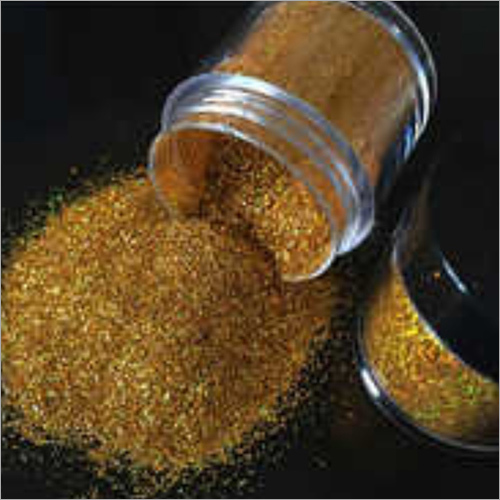
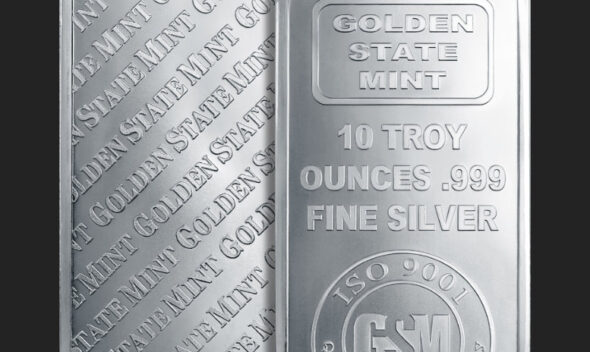

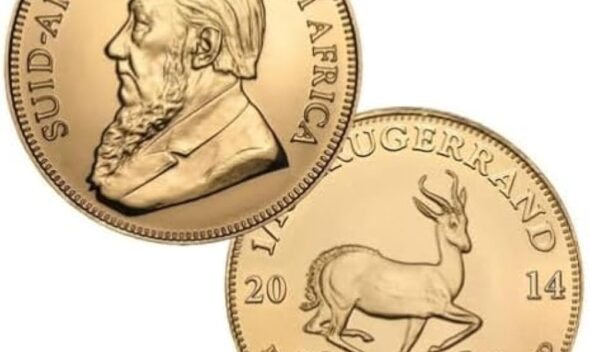
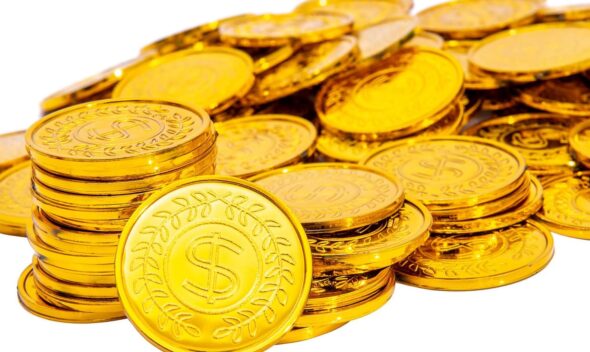
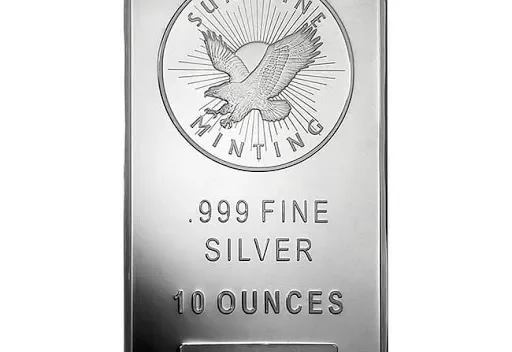
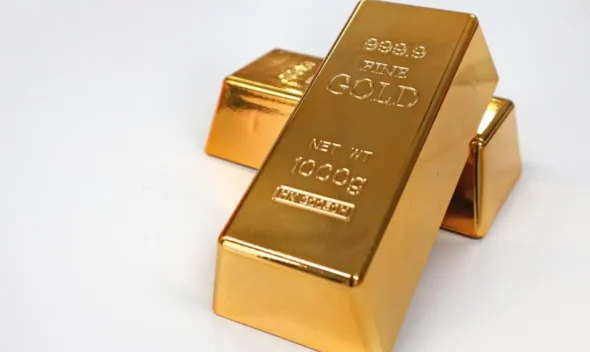
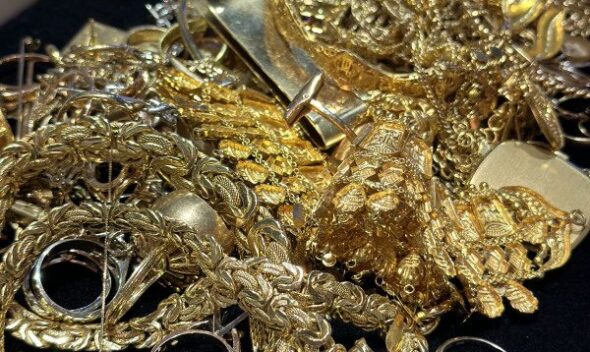
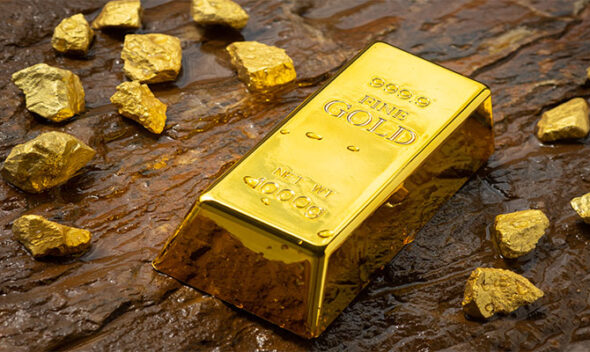
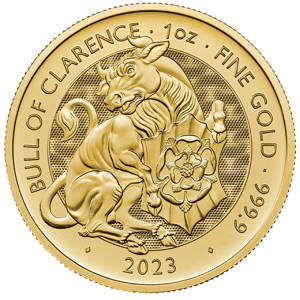
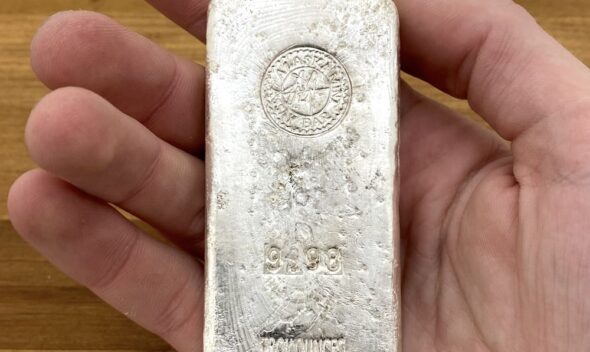
Leave a comment